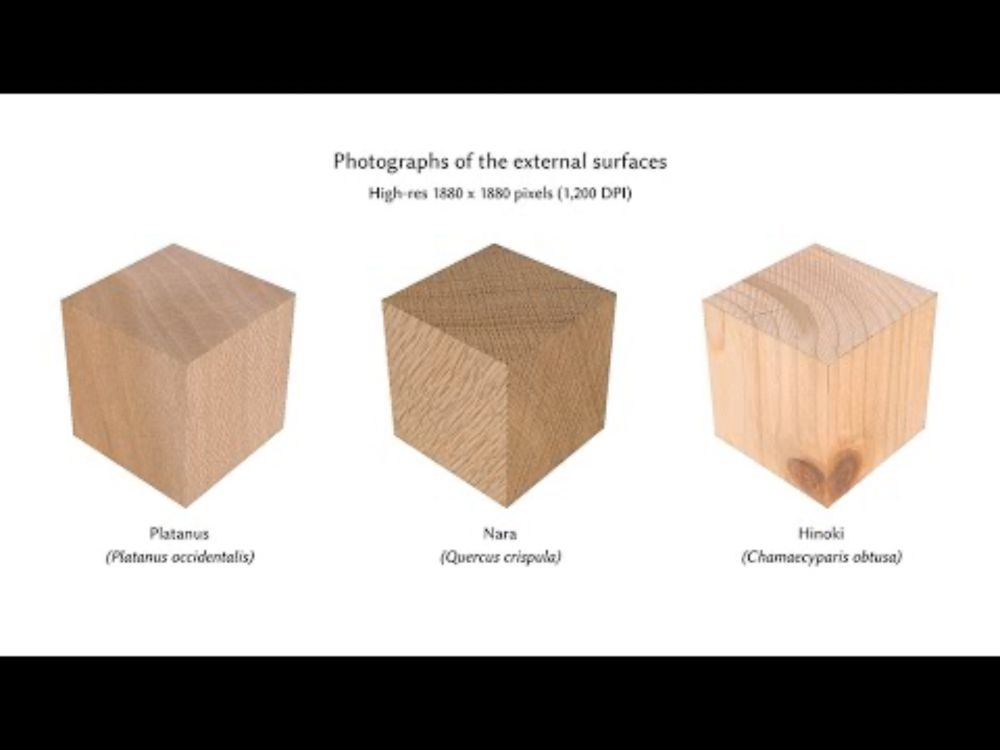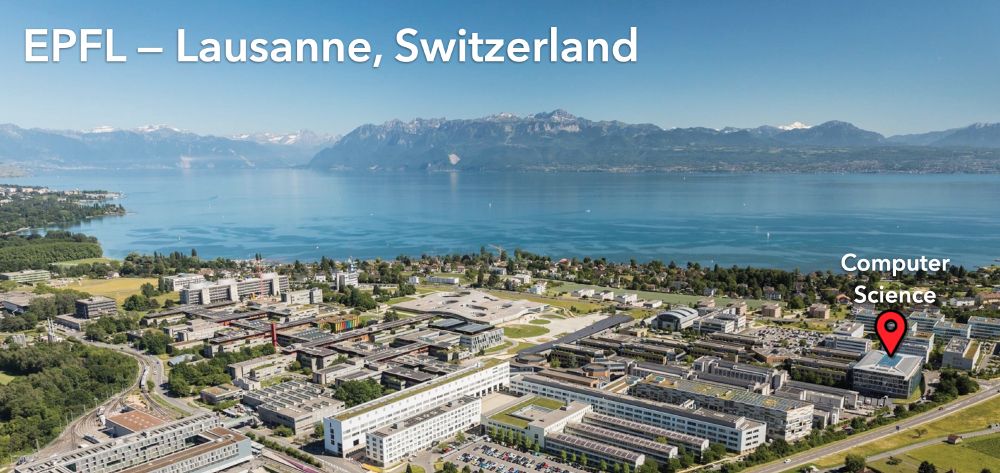Wenzel Jakob
@wjakob.bsky.social
1.4K followers
220 following
45 posts
Associate professor leading EPFL's Realistic Graphics Lab. My research involves inverse graphics, material appearance modeling and physically based rendering
Posts
Media
Videos
Starter Packs
Wenzel Jakob
@wjakob.bsky.social
· Aug 22
Wenzel Jakob
@wjakob.bsky.social
· Aug 18
Wenzel Jakob
@wjakob.bsky.social
· Aug 18
Reposted by Wenzel Jakob
Wenzel Jakob
@wjakob.bsky.social
· Aug 12
Wenzel Jakob
@wjakob.bsky.social
· Aug 11
Wenzel Jakob
@wjakob.bsky.social
· Aug 8
Wenzel Jakob
@wjakob.bsky.social
· Aug 8
Wenzel Jakob
@wjakob.bsky.social
· Aug 8
Reposted by Wenzel Jakob









